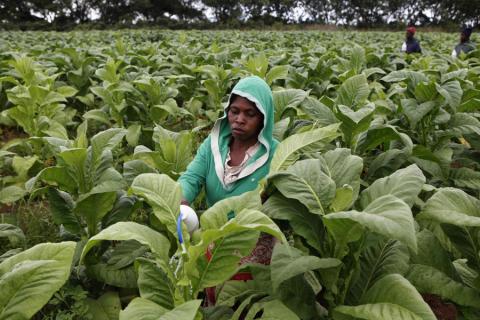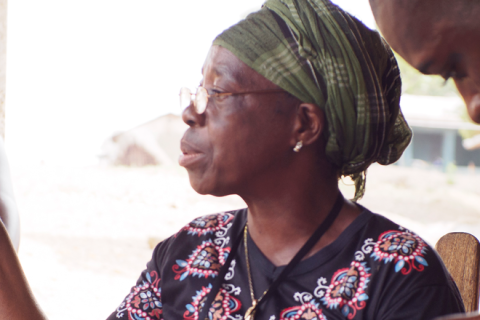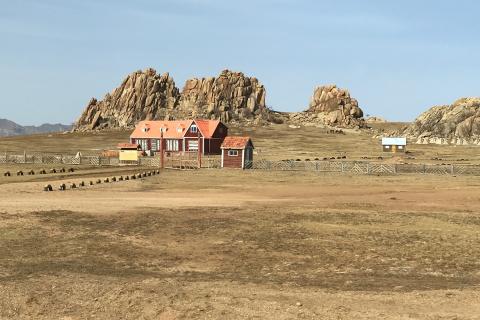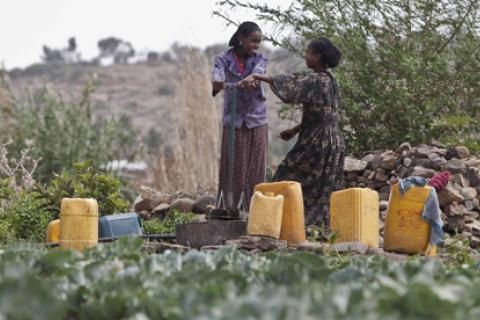The Quest To Own Land: Sextortion, Coercion and Corruption
In Zimbabwe, Transparency International has been working extensively on land governance issues, and what has emerged is that women are often coerced to engage in sexual acts with a male person in authority in order to have access to land. Land is a form of property and a source of livelihood for most people in Zimbabwe. Both men and women find themselves one way or another being coerced to engage in corruption, mostly bribery to own a piece of land both in the urban and rural/communal areas. However, women are often subjected to sextortion in the quest to own land.












